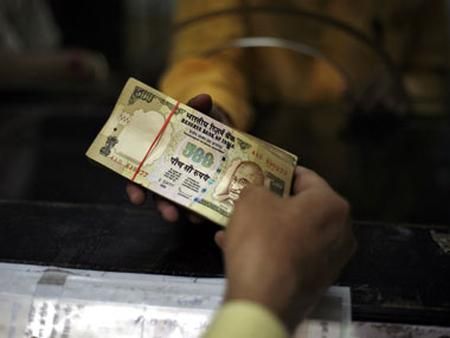A successful NBFC-MFI can support a return on equity of 15 per cent plus. The better public sector banks averaged a return on equity of just over 10 per cent in 2013-14, notes Subir Roy.
 The awarding of in-principle licences for 10 small finance banks is likely to be a game changer in a way which may not be adequately realised right now.
The awarding of in-principle licences for 10 small finance banks is likely to be a game changer in a way which may not be adequately realised right now.
The winners, selected from among 72 applicants, are mostly microfinance institutions (MFIs) already under the supervision of the Reserve Bank of India (RBI) as non-banking finance companies (NBFCs).
They represent a bottom-up solution which can deliver what bank nationalisation and the rural employment guarantee programme have only partly been able to do and at significant public cost (periodic recapitalisation of banks and the fiscal cost of the jobs programme) in fighting poverty.
The still largely unmet need today is for those at the bottom of the pyramid to not just be able to open and operate a bank account but also to get loans to run their pygmy businesses and get out of income poverty.
Various models of local or cooperative banks have till now failed to deliver on these.
The selected organisations have already successfully done this job of giving small loans with private capital garnered by them from home and abroad and bank finance.
They are uniquely positioned to know these borrowers and their needs, having themselves come up from among the grassroots.
They have already achieved a repayment record (98 per cent plus) which nudges that of the best private sector banks. Plus, what is perhaps most important, they have succeeded in two other ways.
They have been able to control costs by recruiting their lower level operational staff from among the community they serve which has also enabled them to have unique customer knowledge.
Additionally, over time they have upgraded their systems, processes and use of information technology to run secure operations with requisite productivity.
All this make them unique, home grown, self-financed and robust entities.
If any institutional model can deliver financial services at the grassroots effectively then it will be these about to be born small banks. What the licence does is upgrade them.
Critically, they will be able to accept deposits at a far lower cost than that at which they were borrowing from banks and on-lending to borrowers.
(A rupee in deposit will probably cost five-six per cent per annum whereas a rupee loaned from a bank, as is being done right now, costs 11-12 per cent.)
Thus the prime challenge they will face is being able to attract deposits.
This will critically depend on the brand equity they build up in the area they serve.
It will also depend on their ability to spread financial literacy and equip the women to whom they lend with the ability to do minimal financial planning needed to make savings.
The second challenge will be to continue to be able to attract equity investment.
Will social entrepreneurs, who have backed many MFIs till now, continue to back them as small banks which will be one step closer to being full-fledged commercial entities?
Also, the return on equity that an MFI can support will not be the same as that which a small bank will be able to deliver after shouldering the cost of reserve requirements.
A successful NBFC-MFI can support a return on equity of 15 per cent plus. The better public sector banks averaged a return on equity of just over 10 per cent in 2013-14.
But at that level their ability to attract independent investment is low. What will be good enough for a small bank?
To thrive, a small bank, which will be like a child approaching maturity, will have to repeat the magic that a successful NBFC-MFI has wrought.
A key enabler will be small banks' ability to innovate. In getting to know how MFIs run themselves, I have been able to gain two insights.
One of them is how some are innovating to be able to give slightly bigger ticket secured loans for incremental or new housing.
Those seeking loans for really low-cost housing mostly do not have absolutely clear title to the land in question.
Eighty per cent of Indians are only circumstantially owners of the land on which they seek to build.
The innovation lies in devising how to lend safely without being a stickler over permissible documentation.
The other insight was at a meeting with borrowers. On being asked, five of the 20 women assembled admitted that their husbands had a drinking problem.
Then, on being asked what would they want from a future chief minister in view of the fact that the Bihar chief minister had promised prohibition if he was returned to power, all 20 of them raised their hands to say they would ask for prohibition! To me the insight was actually twofold.
The women's feelings was a revelation and, additionally, I realised again that if you are not at the grassroots like a successful MFI, you have no clue to what matters there.










 © 2025
© 2025